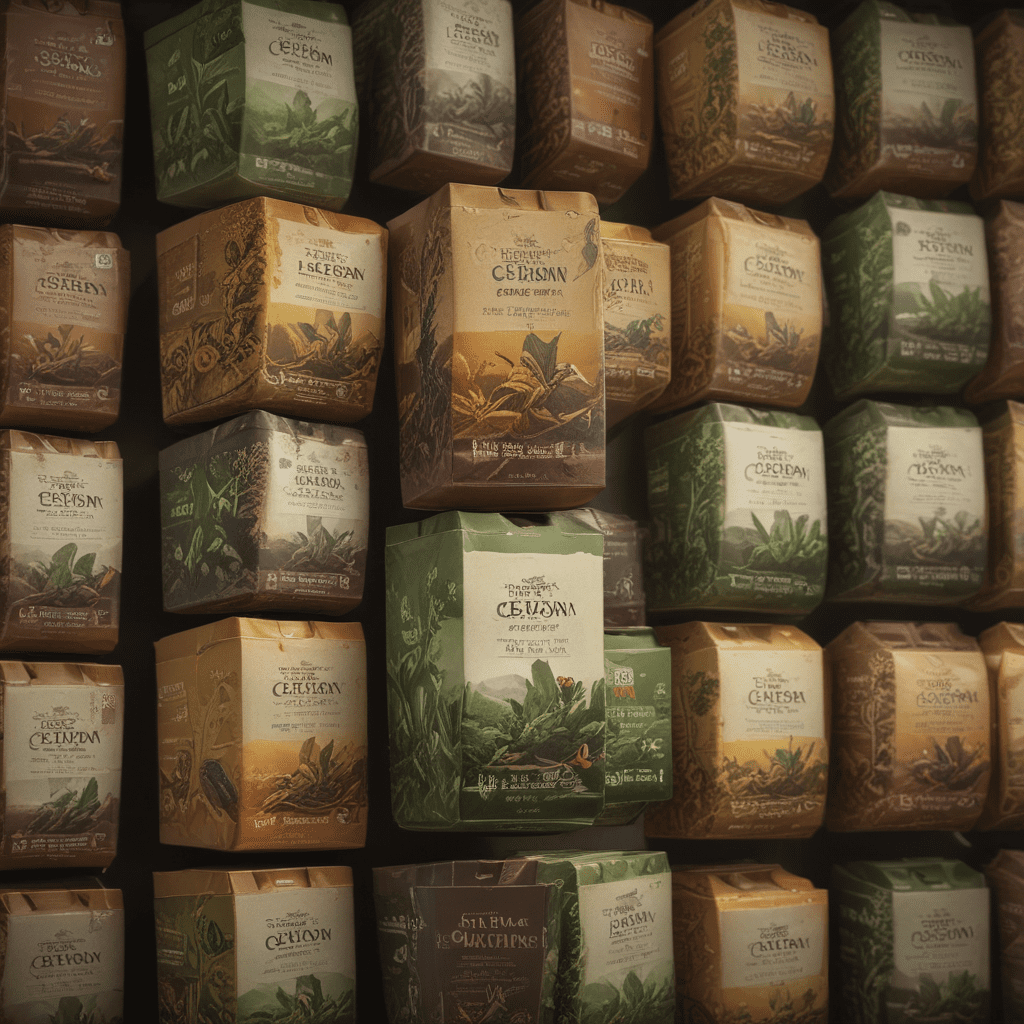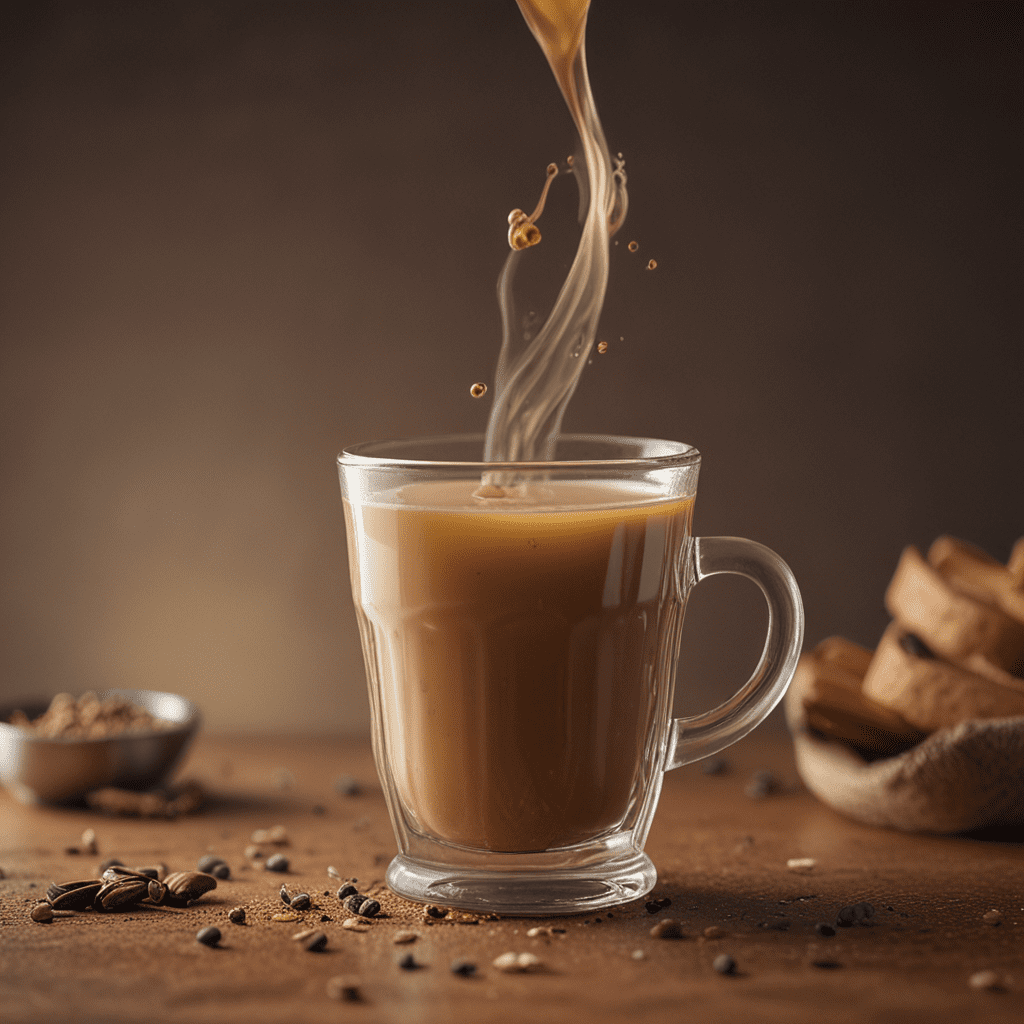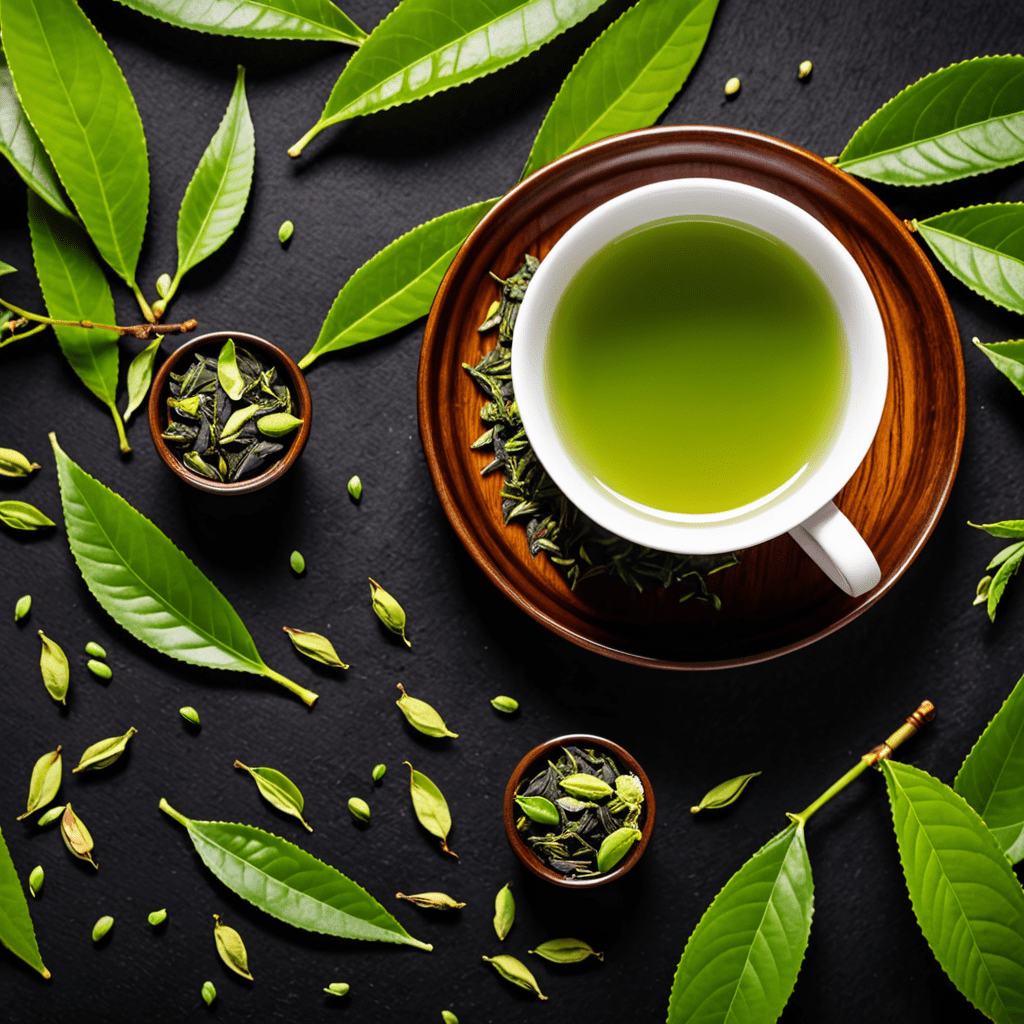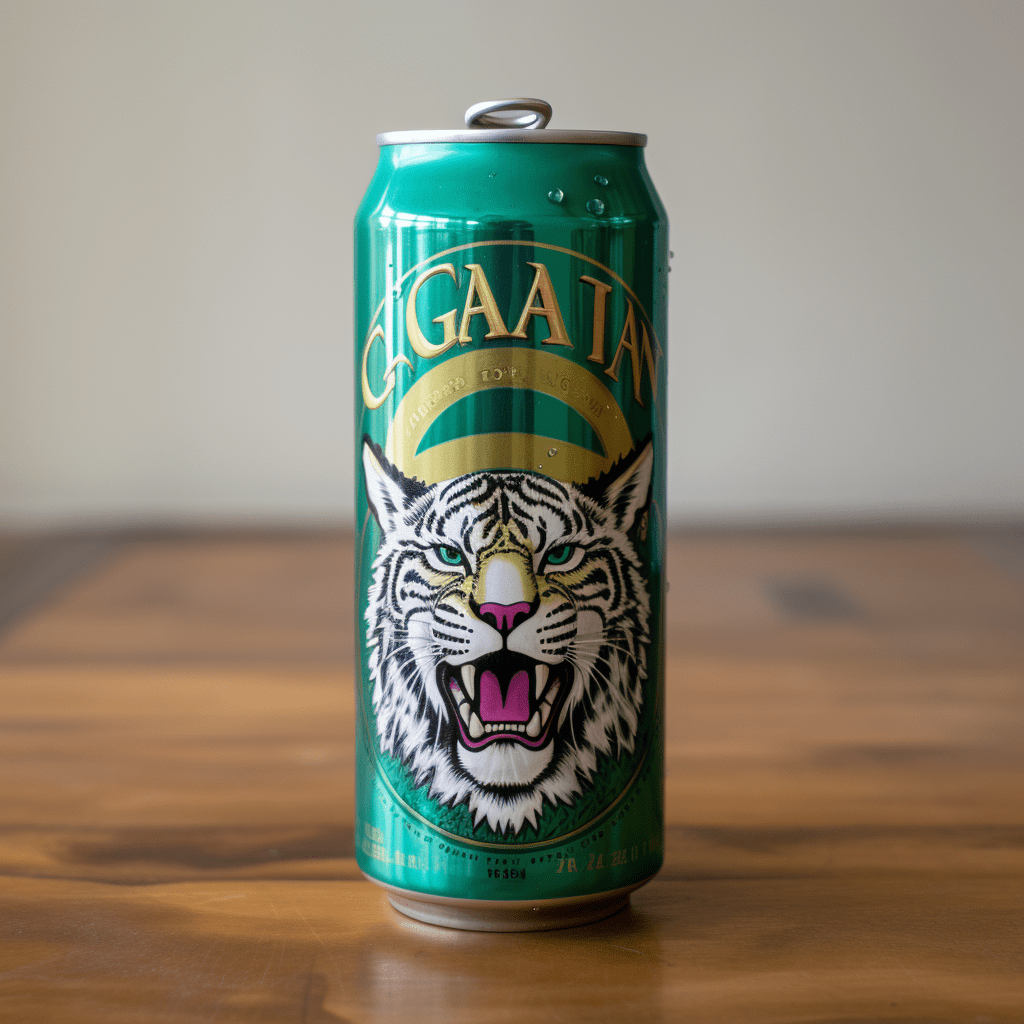
1. Introduction: The Legacy of Ceylon Tea
In the heart of the Indian Ocean, Sri Lanka, formerly known as Ceylon, has cultivated a rich history of tea production that spans over a century. The lush landscapes of the island nation provide the perfect conditions for growing high-quality tea, renowned for its exquisite flavor and aroma. Ceylon tea has gained a global reputation as a symbol of luxury and refinement, embodying the essence of the island's tropical paradise.
2. Early Packaging Practices: From Bulk to Small-Scale
The initial packaging practices for Ceylon tea were relatively simple, reflecting the limited transportation and storage technologies of the time. Tea was primarily exported in bulk form, packed in large wooden chests or jute bags. This method, while effective for preserving the tea's freshness, posed challenges in terms of distribution and retail sales. As demand for Ceylon tea grew, there was a need for more efficient and consumer-friendly packaging solutions.
3. The Rise of Tin Packaging: A Durable and Protective Solution
In the late 19th century, tin packaging emerged as a revolutionary solution for Ceylon tea. Tin canisters provided superior protection against moisture, light, and air, ensuring the preservation of the tea's delicate flavors and aromas. The durable nature of tin also made it ideal for long-distance transportation, enabling Ceylon tea to reach consumers around the world.
4. The Advent of Tea Bags: Convenience and Accessibility
The introduction of tea bags in the early 20th century marked a significant turning point in the packaging of Ceylon tea. Tea bags offered unparalleled convenience, allowing consumers to enjoy a cup of tea without the hassle of measuring and brewing loose leaves. This innovation significantly expanded the accessibility of Ceylon tea, making it a popular choice for households and tea enthusiasts alike.
5. The Influence of Branding and Marketing: Establishing a Unique Identity
As the global tea market became increasingly competitive, Ceylon tea producers recognized the importance of establishing a unique brand identity. The packaging of Ceylon tea played a crucial role in this endeavor, showcasing the island's rich heritage and differentiating it from other tea-producing regions. Distinctive logos, vibrant colors, and evocative imagery were employed to create a strong brand presence and capture the attention of discerning consumers.
6. Innovation in Packaging Materials: Exploring Sustainability
In recent years, there has been a growing emphasis on sustainability within the tea industry. Consumers are increasingly seeking eco-friendly packaging solutions that minimize environmental impact. In response to this demand, tea packaging manufacturers are innovating with sustainable materials, such as biodegradable and compostable plastics, bamboo, and recycled paper.
7. The Aesthetics of Presentation: Enhancing Customer Experience
The presentation of Ceylon tea plays a crucial role in customer experience. Sophisticated packaging designs and premium finishes have become essential in creating a memorable and luxurious experience for tea connoisseurs. Intricate patterns, vibrant colors, and elegant typography contribute to the overall visual appeal of Ceylon tea packaging, making it a delight for the senses.
8. The Role of Design: Capturing Attention and Inspiring Desire
Tea packaging design is no longer limited to functionality but has evolved into a form of artistic expression. Designers leverage their creativity to capture consumer attention and inspire a desire for the product. Through innovative shapes, textures, and visual cues, packaging designers aim to convey the unique character and quality of Ceylon tea.
9. Customization and Personalization: Tailoring to Consumer Preferences
Customization and personalization have become key trends in Ceylon tea packaging. Consumers today seek products that reflect their individual taste and style. Tea packaging manufacturers offer a range of customization options, allowing customers to create personalized labels, choose from different colors and textures, and add special features such as gift wrapping and message cards.
10. The Future of Tea Packaging: Sustainable and Tech-Enabled
The future of Ceylon tea packaging lies in sustainability and technological advancements. Biodegradable and recyclable materials will continue to gain traction, minimizing environmental impact. Additionally, emerging technologies such as augmented reality and QR codes will enhance the consumer experience, providing access to product information, brewing instructions, and interactive content.
FAQs
- What are the key benefits of Ceylon tea packaging?
Ceylon tea packaging ensures preservation of flavor and aroma, provides protection during transportation, and serves as a marketing tool to promote brand identity.
- What are the challenges faced in Ceylon tea packaging?
Maintaining freshness, preventing contamination, and adapting to changing consumer preferences pose challenges in Ceylon tea packaging.
- What are the trends shaping the future of Ceylon tea packaging?
Sustainability, customization, and technological advancements are driving the evolution of Ceylon tea packaging.


